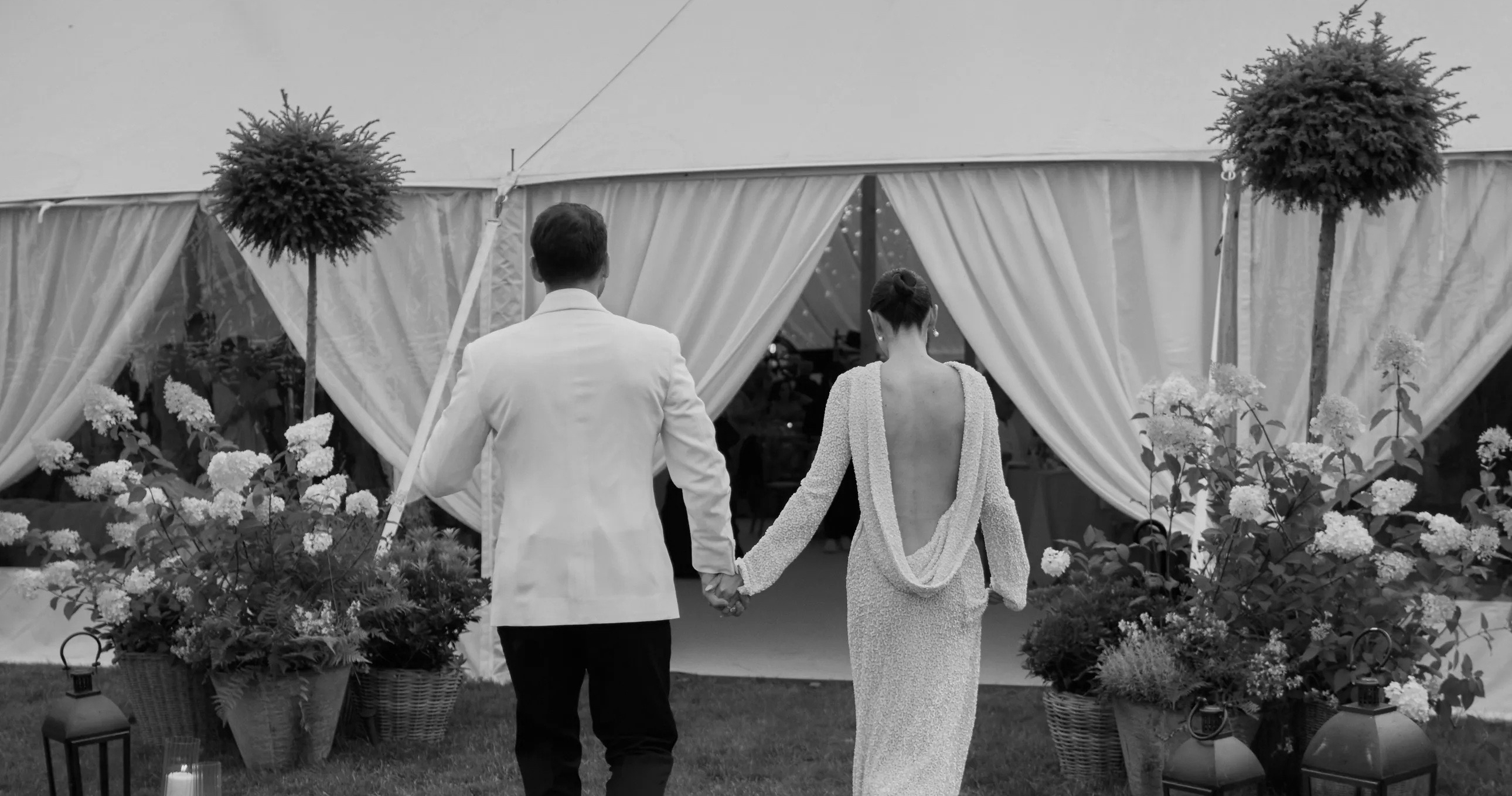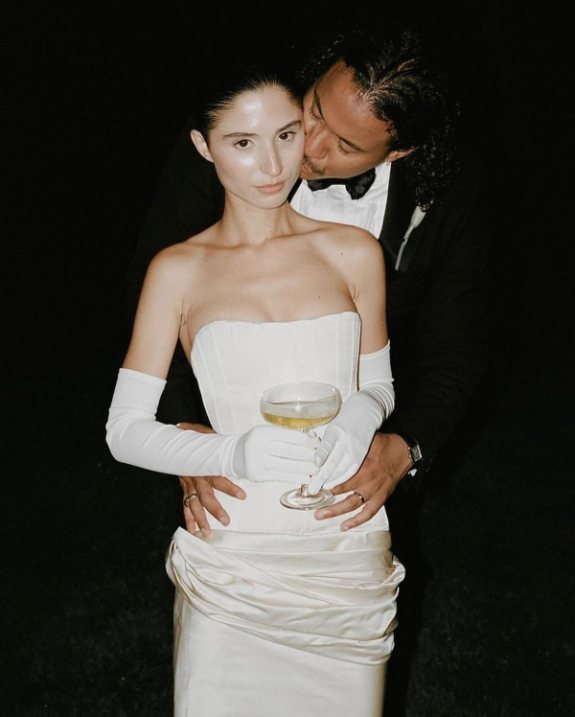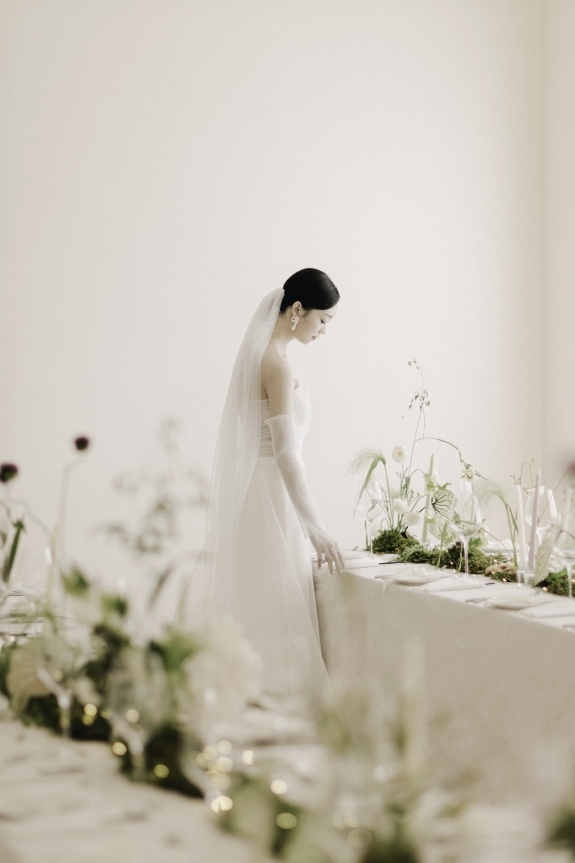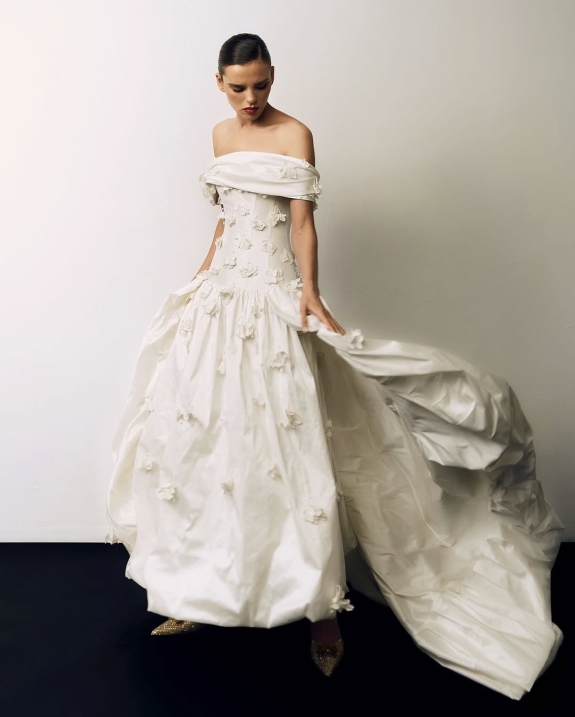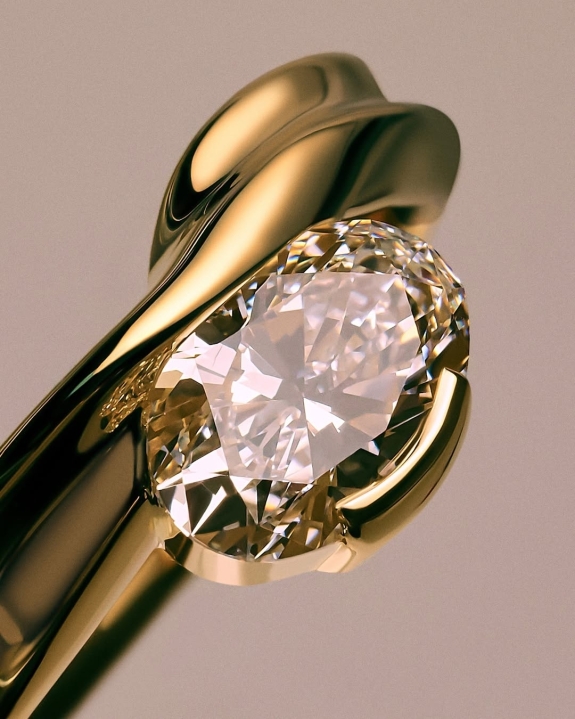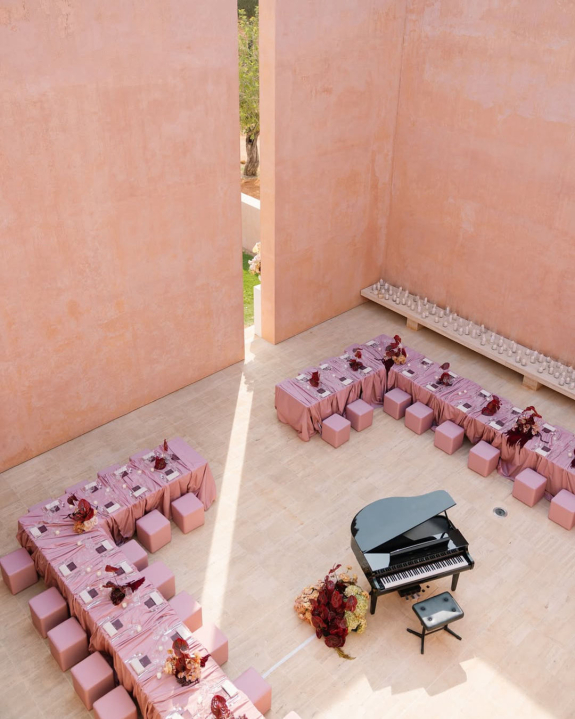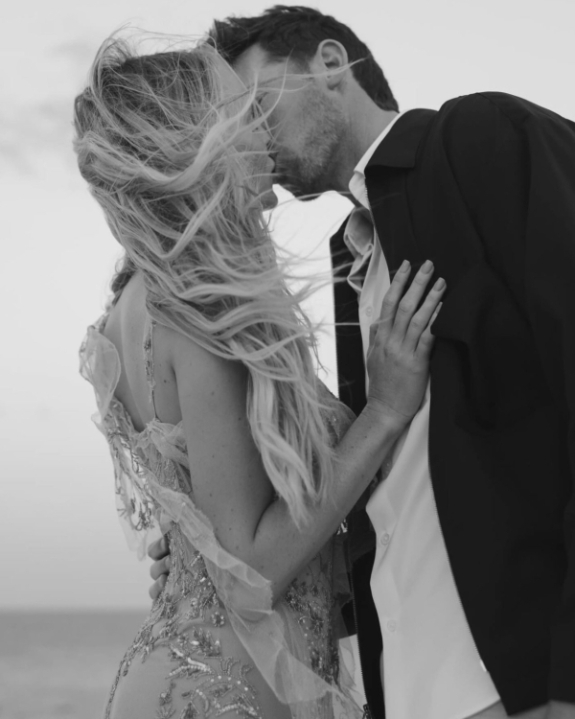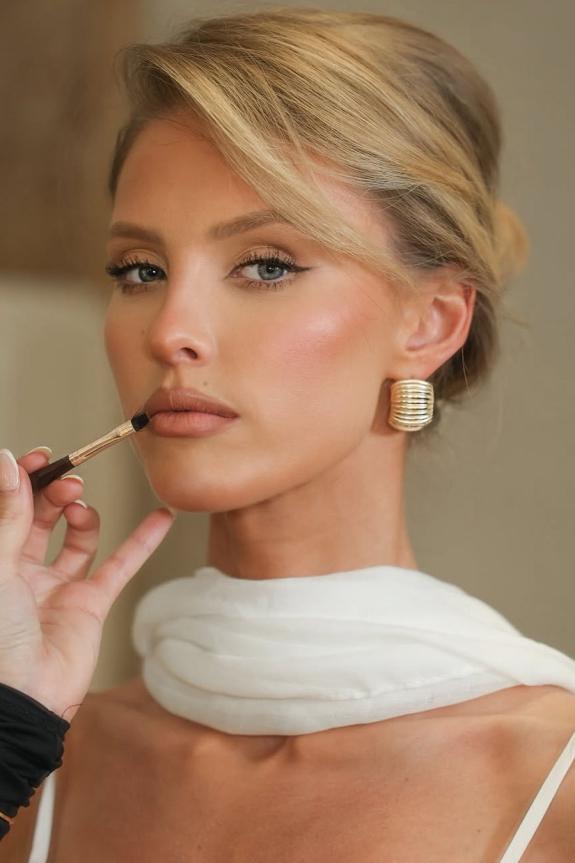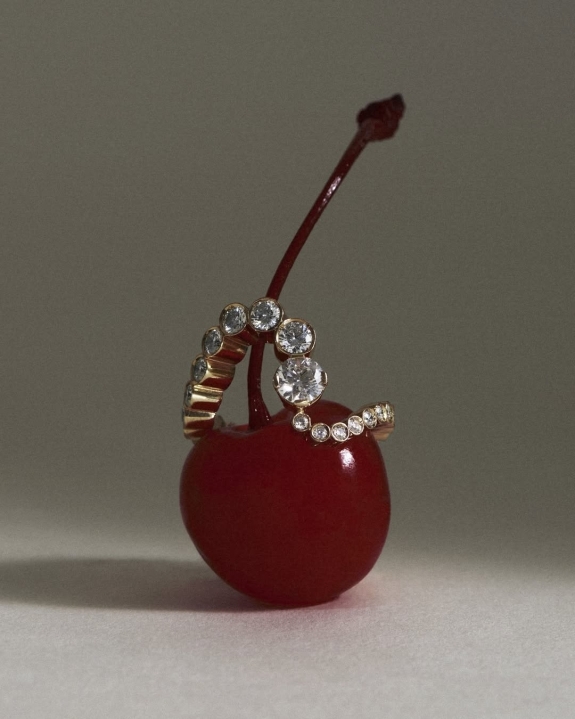With today's environmental challenges, more and more couples are looking to plan a wedding that's not only beautiful, but also sustainable. An event that honors Mother Nature's beautiful bounties and preserves them for generations to come, making conscious, eco-friendly decisions that limit their footprint while equally creating an indelible experience. And thankfully, with a plethora of sustainable alternatives available, eco-friendly doesn't mean compromising on style either! Here, we serve up invaluable and expert tips to planning a sustainable wedding at every step of the process, a step towards a breathtakingly greener event and brighter future.
Location
Minimize Travel
Traveling, especially by air, is a major contributor to carbon dioxide emissions. Planes are one of the biggest sources of these exhaust fumes, so imagine what impact you you and your guests would have flying to a remote location! By choosing a local wedding, you can significantly reduce this carbon footprint while also making your celebration greener and supporting local vendors. If you are set on a destination wedding, consider greener travel options for all, for example, trains.
Mrs Gibbons Flowers, Matt Godkin, Tailor James Photography
Source Locally
UK based wedding planners Isla & Smith implore that there's magic in keeping it close to home. “Try to utilize as many local suppliers as you can to reduce carbon footprint – sometimes this means thinking outside the box and getting creative with what can be achieved locally but it should always your first port of call”. Choosing local suppliers is indeed not only good for the environment, but also helps to stimulate the local economy. Your support helps small businesses and artisans within the community, while also promoting economic sustainability. In addition, working with local suppliers often simplifies logistics. You have a great opportunity to meet your suppliers face to face and discuss your needs directly, which is sure to lead to better service on your special day.
Assess Energy Consumption
Don't hesitate to ask about the venue's energy sources, as large events require large amounts of electrical power, water and consumables. Venues that use renewable energy, such as solar or wind power, are often more sustainable. These may be organic farms, natural wineries or local ranches that rent out their facilities for events.
Event Design
Source Vintage Tableware & Décor
The trends for vintage silverware, decorative candelabras, eclectically shaped glassware and antique decor have long captured our hearts. You can find real treasures at vintage fairs, trash and treasure markets, estate sales and antique boutiques to add a unique charm to your event design. Not only does opting for pre-loved pieces add a special, nostalgic touch, it too reduces wastage by giving new life to old items, add to their historical sentimentality.
Braer Studio , Michelle Pullman , St. Chelle
Opt for Reusable Decorations
Traditionally, wedding decorations are often thrown away after the event, generating a lot of unneccesary waste. By choosing to use decor available to hire or possible to reuse for generations to come, couples can minimize the amount of material that end up in landfill, promoting a more eco-friendly approach. Many hire companies also focus on sustainability within their product range by offering items made from eco-friendly, natural materials. This also reduces the consumption of plastic and other non-biodegradable products, helping to conserve natural resources in the future.
Dani Dean, founder of Australian event styling studio The Make Haus, also suggests a lighter touch when it comes to installations such a drapery, seating charts and floral sculptures. "Creating considered, refined installations which are not excessive in materiality will also enhance and amplify the environment”. Consider using materials that not only honor the surrounding natural environment while also keeping in mind the lifespan of the installation beyond your wedding day – can it be reused as is, or dismantled into smaller parts for recreating into something new? It's in this resourcefulness that true ingenious ideas come to life.
The Make Haus, Tepee Sauvage , Megan Kelly
Make Intentional Choices
Brooke Lean, Creative Director of Australia's Paloma Events recommends forgoing any unneccesary wedding standards for a greener event. "Planning a sustainable wedding is simply about making mindful, well-intentioned choices that align to your overall vision. Rather than feeling obliged to incorporate masses of flowers, guest favors and single-wear outfits; consider the day and experience that you are ultimately trying to achieve, and turn away from anything that doesn't align to this vision." Challenging the traditional ideas of what a wedding should look and feel like will allow you to push the boundaries and seek out alternative, greener approaches for a truly creative and resourceful event.
Flowers
Opt for Local & Seasonal
Choosing local flowers significantly reduces the carbon footprint associated with transporting them from destinations far away. Many flowers are flown in from countries such as the Netherlands, resulting in significant energy consumption and greenhouse gas emissions. By choosing seasonal florals that are grown by local farmers, you can help minimize these environmental impacts. As our members at Tepee Sauvage Floral Studio rightly pointed out, “We prefer better than more. It’s equally important to connect with florists who are in touch with their local producers and farmers and use seasonal flowers that will match your wedding date. Trust your vendors for creativity and let them choose the varieties best for your wedding region.”
Byron Bay flower studio Braer took this notion one further, recommending sourcing local produce for eclectic designs that incorporate fruit and veg. “A lot of the small scale farms Braer sources flowers from throughout the seasons additionally grow vegetables and fruit. The flowers pollinate the crops and we also have the opportunity of using fruiting branches or vegetables in our arrangements.” A symbiotic relationship both in the field and on the tablescape.
Avoid Floral Foam
Passionately dedicated to recycling and eco-friendly practices in event floristry, Braer share some invaluable advice on how you can make your wedding floristry more conscious, “Our top tip for couples is to choose a florist that cares for the environment first and foremost – make sure they do not use floral foam. It is a microplastic that contaminates water ways and is a hugely wasteful, unnecessary product.” Our members from Portugal florist studio Bosque Concepts also share in this notion, “We’re happy to say that most of our arrangements are made using kenzans, which are much more eco-friendly than floral foam. This way, we can still achieve our signature look while being kinder to the planet.”
Repurpose Flowers
When planning, consider having your floral decorations arranged in a way that can serve multiple locations and functions throughout the day. “An effective ecological approach is to create a modular project," say Bosque Concepts, "this allows for the reuse or repurpose of flowers at different moments of the event.” For example, flowers for the ceremony and altar can later be moved to the bar and reception area, while bouquets can become table centerpieces."
Amber Gibbons of Sydney Mrs Gibbons Flowers studio also provided a brilliant idea for finding new life for your flowers after the wedding, “We encourage our couples to ask their guests to take floral designs home so that they can be loved longer.”
Avoid Chemically Treated Flowers
Today, many flowers are treated with chemicals to make them more colorful or last longer. But thought leaders in eco-floristry disagree, and we support them. Ashlee Wheelhouse of Film and Foliage floristry is already training other florists in sustainable methods through her Wildflower Academy education platform, and she gives us valuable advice, “Steer clear of bleached, preserved, or dyed florals – the chemicals used in these processes can be harmful to both health and the environment. It’s best to avoid these options, particularly around sensitive areas like your skin and food.”
Joey Willis , Film and Foliage
Stationery
Digital Invitations
Opting for digital wedding stationery is a sustainable option that offers numerous environmental and practical benefits. Traditional paper invitations contribute significantly to deforestation and waste. By opting for digital versions, couples can eliminate the need for paper, ink, and other materials typically used in printed invites, thus reducing overall paper waste. If choosing in favor of a wedding website and electronic invitations you are troubled by the aesthetic part, then do not worry, modern designers and professionals in wedding stationery know how to make a digital version equally as good as printed. “By opting for digital invitations, couples embrace sustainability without compromising style or elegance,” reiterates wedding graphic designer Marisol Lucio of Floragraphia Studio.
Minimize Paper & Plastic Use
Aside from invitations, of course, you need other printed elements for your wedding, such as menus, seating charts, and more. But that doesn't mean you should abandon these in favor of being eco-friendly – just make them as sustainable as you can. Try to find professionals who use recycled paper, natural vegan materials, or even experiment with fruit and flowers as seating charts and table numbers.
Floragraphia Studio, Isla & Smith
Cakes & Catering
Opt for Plant-Based Ingredients
Making a wedding cake more sustainable and eco-friendly involves thoughtful choices in ingredients, packaging, and production methods. Plant-based cakes can be just as delicious and often use fewer resources than traditional cakes. Ingredients such as almond milk, coconut oil and flaxseed can replace dairy and eggs. In addition, these options are often lower in calories, healthier, and minimize the chance of allergies among guests.
Polina Yarmush , Vege Mamma’s World
Decorate from The Garden
This is where trends truly work for sustainability, because who isn't mesmerized by natural flowers and berries adorning wedding desserts. Use natural decorations such as fresh flowers, edible herbs or fruits instead of artificial decorations, plastic cake toppers or icing. Just make sure any flowers used are pesticide free and safe to eat!
Support Organic Local Produce
Choose organic ingredients whenever possible, as this is generally better for the environment as it avoids the use of synthetic fertilizers that can damage the ecosystem. Work with suppliers who favor local, organic and seasonal ingredients over delicacies from far away. Think about plant-based menus or options that minimize meat consumption, as its production has a significant impact on the environment.
The Friend Club , Marine Arborio
Gifts & Favors
Source Natural & Local
If you must have favors, a great sustainable guest gift would be to buy handmade goods from local artisans such as pottery, textiles or organic products such as olive oil or honey. This supports the local economy and reduces the carbon footprint associated with shipping. You can also order natural soap, using natural ingredients, packaged in recycled paper. Candles made from soy or beeswax, which are more environmentally friendly than paraffin wax, can also be customized. Small potted plants or succulents that guests can take home will also serve as an eco-friendly gift alternative. Either way, ensure it is a gift that guests will truly savour and enjoy beyond your wedding day, otherwise there is no point!
Paloma Events , Matt Godkin , Benjamin Wheeler
Style
Opt for Vintage & Preloved
The vintage and upcycling trend is perhaps the most sustainable fashion movement happening right now. Preloved clothing has already been manufactured, which means it does not require new resources or energy to produce like new ready-to-wear or made-to-order designs, significantly reducing carbon emissions and wastage. But sourcing vintage isn't for the close minded points out Alexis Novak, founder of Los Angeles boutique Tab Vintage, "When selecting a vintage bridal gown, it's good to have a sense of what you are looking for, but to be open to surprises. A lot of times, what a bride thought she wanted ends up not suiting her once she tries it on. You never know until you try. Hanger appeal isn't a concept in vintage, be open to trying something you never thought you would. The more you try-on the more you'll find out what style, silhouette, and era suits you best and can inform your final selection.”
Preloved and vintage designer looks are also high in demand at the moment for their true uniqueness and icon energy, creating lucrative possibilities post-wedding "The great thing about vintage, is a fabulous archival bridal dress will hold its value and has great resell potential.” Be sure to do your research first, opting for quality, authentic vintage or preloved designer pieces from trusted sources and selling on to a bride our vintage buyer who will appreciate it just as much as you.
Go for Circular Fashion Brands
There are also many ready-to-wear fashion brands that produce circular clothing for brides and bridesmaids alike, favoring ethical production methods and the recycling of existing fabrics and materials. These styles are often great for event or everyday wear post-wedding when styled right, extending the life span of your bridal look. By supporting such brands when buying wedding attires, couples are also contributing to a more sustainable fashion industry.
Incorporate Family Heirlooms
Incorporating family heirlooms into your wedding style is a great way to not only honor heritage and create a personal connection to the past, but also to contribute to the eco-movement. By using heirlooms, couples can minimize the need to produce new wedding accessories and jewelry, and the demand for precious gems that can often be unethically sourced. It certainly helps to reduce the impact on the environment!
Opt for Ethical Jewelry Brands
When it comes to choosing engagement rings and bands, there are several eco-friendly and sustainable options to consider. Opt for using lab-grown diamonds or alternative gemstones, which often have a lower environmental impact. Also, research and support jewelers who prioritize sustainability – talk to them about their sources, production methods and ethical standards. A beautiful and invaluable insight regarding this topic was shared with us by Madalynne Clifton, Co-Founder and Creative Director of Kate & Kole, “Do your research and make a conscious choice to work with brands such as ours that offer a sustainable approach to making jewelry. We prioritise ethical sourcing of materials by using recycled gold and lab-grown diamonds, minimizing the ecological impact typically associated with jewelry production. By choosing brands like us, you're supporting a brand that values sustainability and responsible craftsmanship whilst also creating a beautiful piece of jewelry that you will love and truly treasure forever.”
